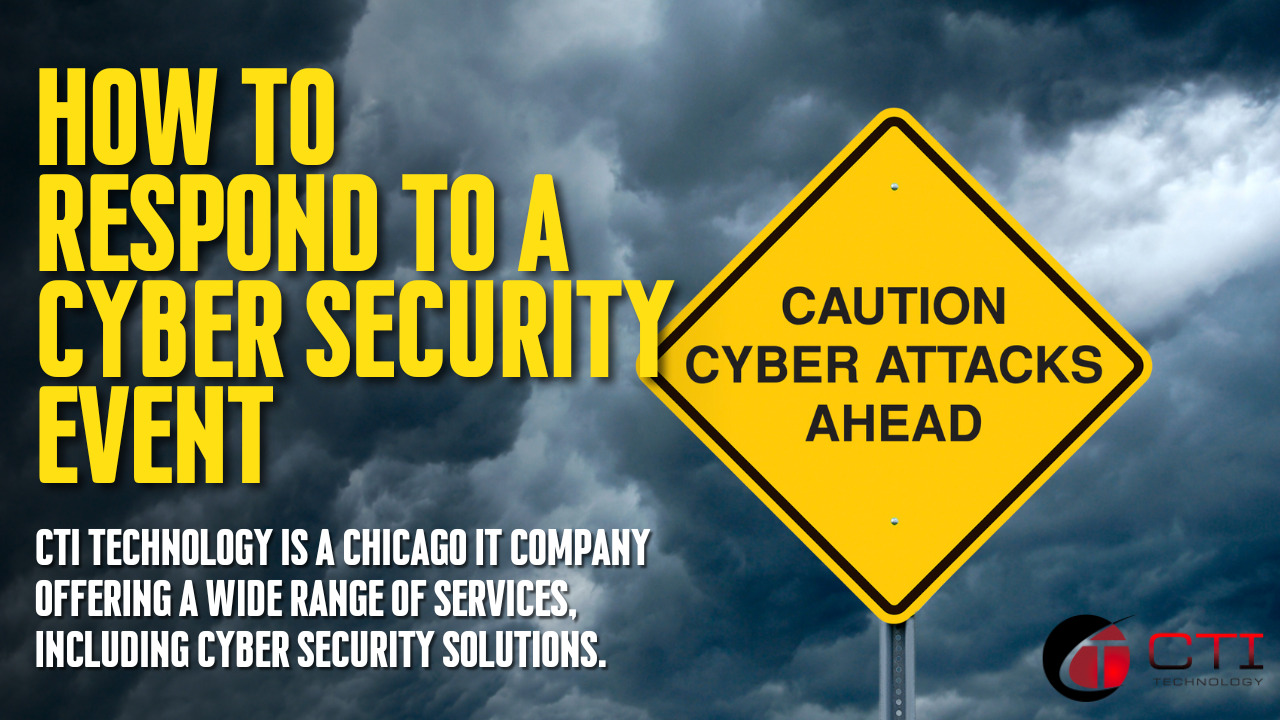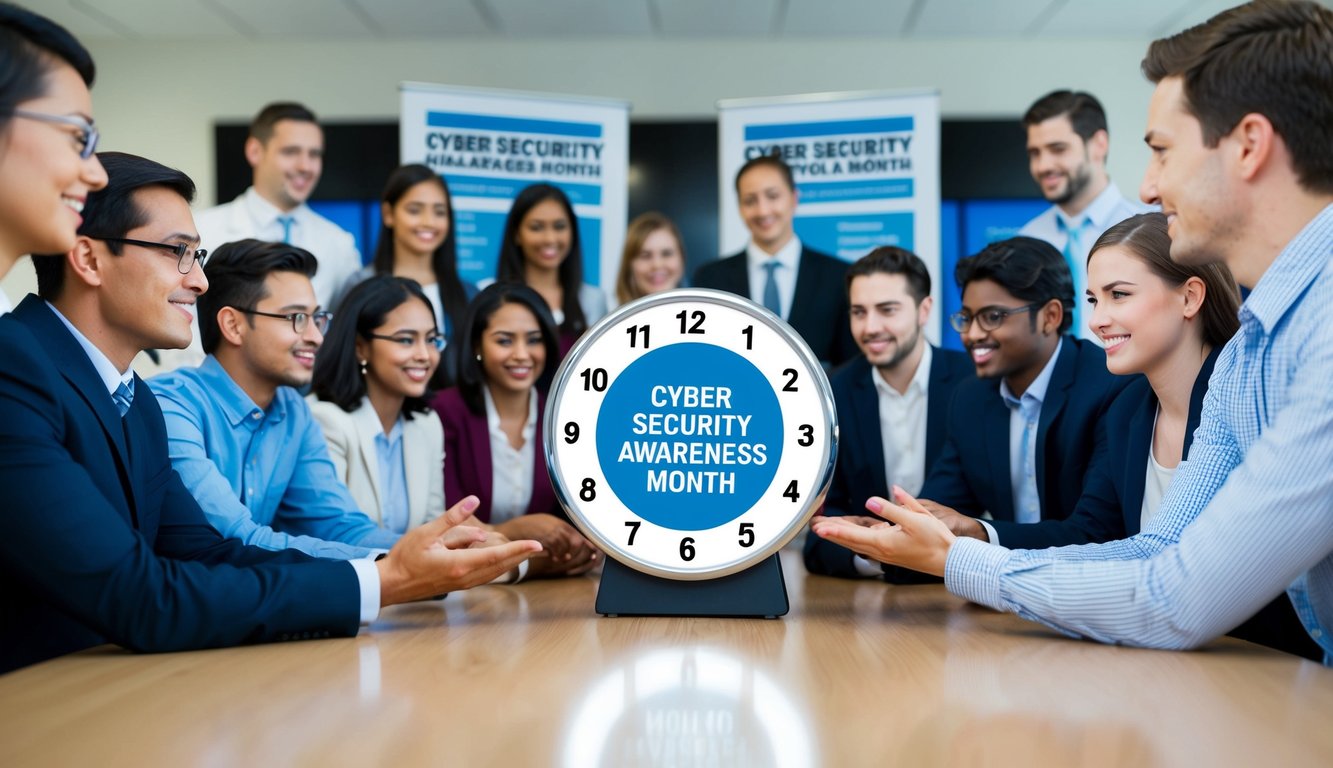How to Respond To a Cyber Security Event: 6 Important Steps
Highlights:
- There is nothing like perfect security, and anyone can be a victim of a cyber-attack even with the best security measures in place.
- How you respond to a cyber-security event is just as important, or perhaps even more important than, the defense measures you have implemented.
- Cyber security breaches will continue to be a threat to organizations of all sizes and in all industries.
- To effectively respond to a cyber-security event, you must have a standardized and documented plan.
- Responding to a cyber-security event is not only about handling the attack at hand but also about learning from it and preparing for possible future attacks.
Have you considered the possibility of falling prey to a cyber-security breach? How would you respond if it happened?


What to Know About Responding To a Cyber-Security Event
Incidences of security breaches have dramatically increased in size and magnitude over the last few years. But technology is constantly evolving and improving, and more stringent security measures are now available. So, why are businesses still falling prey to cyber security breaches? The problem is that we underestimate the possibility of falling victim to a cyber-attack. Small businesses tend to feel too small to be a target of an attack, while larger enterprises are over-confident in their protective measures against cyber-attacks.
The reality is that the scale of your business does not determine the chances of you being attacked, nor does the amount of security in place make you immune to an attack. Therefore, you must always be prepared to react if your security is breached. A proper cyber-attack response is crucial for reducing an attack’s damage and saving your reputation after the event. If you are a victim of a cyber-attack but responded effectively, you are more likely to be forgiven, but if you messed up the response and tried to cover up the attack, we will hold you in bad faith. In the face of an attack, how you respond will determine the future of your business.
6 Important Steps for Responding To a Cyber Security Event
1. Invoke Your Incident Response Plan
It is estimated that 77% of organizations lack a cyber-security incident response plan. As a result, they often panic and do not know what steps to take when faced with an attack. Going by the words of Benjamin Franklin, ”by failing to prepare, you’re preparing to fail”. Without a response plan, you are bound to make critical mistakes. A cyber-security incident response plan will define your policies, rules, and practices regarding security processes. While developing a response for every kind of cyber-attack may not be possible, you can address the vital actions that must be taken during an attack.
Your response must include a communication plan and a response tool kit detailing who to reach internally and externally. Additionally, your staff needs to practice working through the plan to ascertain they can react and handle attacks as required. The response plan needs to be formulated way before an attack, and once an attack happens, every staff member needs to operate per its guidance.
2. Identify Threat
After invoking the response plan and having everyone switch into ‘battle mode’, you need to identify the source of the threat and its extent. Is it something intentional, or was it an accident? What is the scope of the threat? Answering these questions helps you understand what you are dealing with and ensure you take the right action to eliminate the threat. Then, as part of the identification process, you can set up a monitoring team and start to document the case.
If your internal team lacks the skills to handle this step, you can outsource cyber security specialists to help you identify the incident precisely.
3. Contain and Investigate the Threat
At this phase, your goal is to restrict the current damage and prevent additional damage from the threat. Usually, the first move is to stop the attacker from communicating with the compromised network. Next, you may need to isolate network segments or devices and install security patches to eliminate malware issues or network vulnerabilities. Any action that can help stop the spread of the threat and limit its damage can be executed at this point.
While working to patch up your network and restore security, do not forget to create backups and preserve evidence for further investigation. After containment, you need to know where the attack began and how it occurred. A cyber forensics team will help you know exactly when and where the attack started and what systems were affected or exposed.
4. Eradicate Threat
The containment measures you applied are not enough, and now you must completely remove the threat you found. Deleting the malware, changing passwords, and applying patches is not enough. To completely eradicate the threat, it is recommended that you re-install all the affected systems and update the security measures. Although cleaning up and reloading your network is a demanding task, it is the best way to prevent further attacks from the same threat.
5. Recover from Threat
After the clean-up, you will have to perform a system or network validation and testing to see if everything is back in operation. Your goal should not just be to return systems to production to facilitate operations but should also lock out any backdoors that allowed the malware inside. As you recover, also make a point to engage your public relations to properly communicate what happened to all concerned parties and inform them of your efforts towards resuming normal operations.
6. Conduct a Root Cause Analysis (RCA)
With everything stable and back to normal, take time to understand what happened, why it happened, and what you must do to ensure it does not repeat. Actions may include training employees to detect and identify threats, updating security measures, etc.
Conclusion
You do not have to wait for an incident to happen to learn how to react. However, defining your response methodology beforehand will ensure any incident is properly handled so that you recover as soon as possible and with the least possible damage to your system or network.
CTI Technology is a Chicago IT Company offering a wide range of services, including cyber security solutions. If you are looking for help to help you stay ahead of the ever-increasing threat of a cyber-attack, contact us today to learn more about how our cyber security services will benefit you and your business.
Why Is CTI Technology The Best Choice For IT Services In The Chicagoland Region?






















